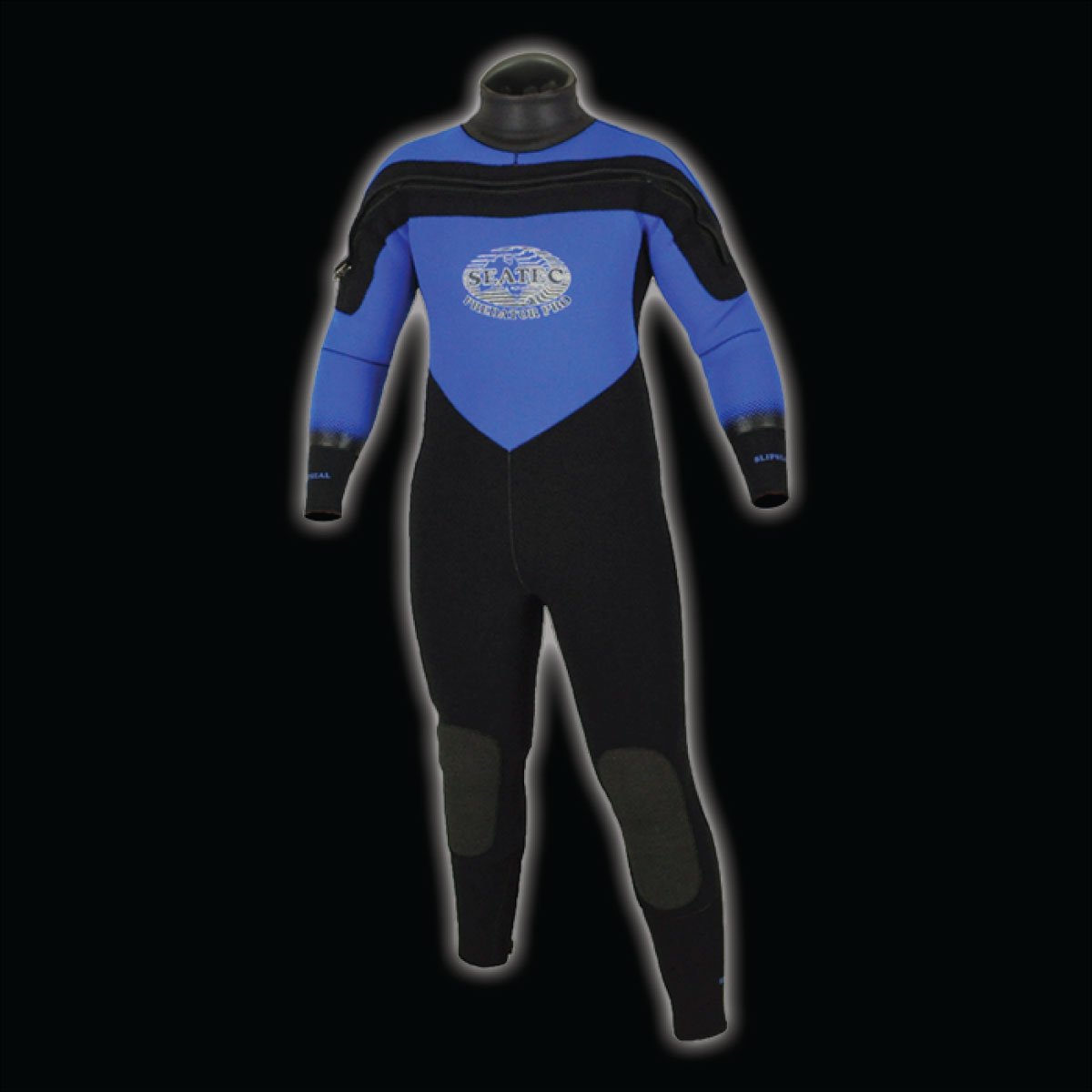How to Dry a Wetsuit Fast: Pro Tips for Surfers & Divers
Wetsuits are invaluable for surfers and divers, providing essential thermal insulation in cold water. However, one of the significant drawbacks of these garments is the time it takes for them to dry. The need for a quick-drying wetsuit becomes particularly pressing after an exhilarating day in the waves or exploring vibrant underwater ecosystems. This article will delve into effective strategies to dry a wetsuit rapidly, offering useful insights for anyone looking to extend the life of their gear while optimizing their water-based adventures.
Understanding the Science Behind Wet Suits
To optimize the drying process, it is crucial to comprehend the composition and function of wetsuits. Made primarily from neoprene, a synthetic rubber, wetsuits are designed to create a thin layer of water between the suit and skin. This layer warms up as body heat transfers to the water, thereby insulating the wearer. However, once out of the water, the moisture retention also leads to potential odor and degradation of material over time. To combat these issues, employing specific drying techniques is beneficial.
The Importance of Proper Washing
Before diving into drying techniques, one should prioritize the manner in which the wetsuit is cleaned. After wearing your suit, rinse it thoroughly in fresh water to remove salt, sand, and chlorine. These substances can compromise the neoprene material and ultimately affect how quickly and effectively the wetsuit dries. A gentle wash with a specialty wetsuit cleaner enhances the garment’s longevity, keeping it in top condition for more extended use. Avoid machine washing, as the agitation can damage the suit.
Efficient Drying Techniques
Taking control of the drying process means adopting effective methodologies. Here are some tried-and-true strategies to hasten this otherwise sluggish process.
Utilizing Airflow and Heat
Maximizing airflow around your wetsuit is one of the best ways to promote rapid drying. Hang your wetsuit upside down on a sturdy hanger. This position allows water to drain out efficiently. Choose a well-ventilated area, preferably outside where gentle breezes can circulate around the fabric. Should the weather be uncooperative, set up a fan to increase airflow indoors. It’s always a wise choice to avoid direct sunlight, which can degrade neoprene over time.
Pre-emptive Heating Up
Increasing the temperature of your surroundings can dramatically enhance the drying speed of your wetsuit. After rinsing, consider placing your wetsuit near a heat source, but ensure that it isn’t in direct contact—prolonged exposure to high temperatures can lead to deformation. Electric heaters or radiators can be effective when used cautiously. Some enthusiasts swear by using a towel wrapped around a heated rice bag placed in the torso of the suit, offering warmth from within while the suit hangs.
Innovative Drying Gear
There are also many innovative drying devices available on the market designed specifically for wetsuits. These products utilize circulating warm air to reach all areas of the suit, expediting the evaporation process. While they may be an investment upfront, they offer consistent results and help preserve your wetsuit while allowing you to prepare for your next aquatic adventure in record time.
The Role of Time Management
Proactive planning plays a significant role in how quickly one can manage wetsuit drying. Whenever possible, prior to heading out for a day of surfing or diving, allocate suitable time and space to clean and dry your gear efficiently upon returning. By developing a routine that includes regular cleansing and drying, the risk of unpleasant odors and material wear can be significantly reduced.
Embracing a proactive stance on wetsuit maintenance and drying can lead to enhanced enjoyment and performance in water-based activities. By mastering efficient drying techniques, individuals can focus more on their passion and less on the tedious aftermath of their adventures. With these strategies at your disposal, consider it a challenge not just to dry quickly, but to do so in a manner that promotes the longevity of your essential aquatic gear.
You May Also Like
Best Fish to Catch in Australia: A Guide for Anglers
Australia boasts an extraordinary diversity of fish species, making it …
Emily Bay Norfolk Island: A Hidden Gem in the Pacific
Emily Bay, a picturesque enclave nestled on the sun-kissed shores of …
Holidays on August 23: Global Festivities & Observances
August 23 is a date that carries a bouquet of cultural significance …





